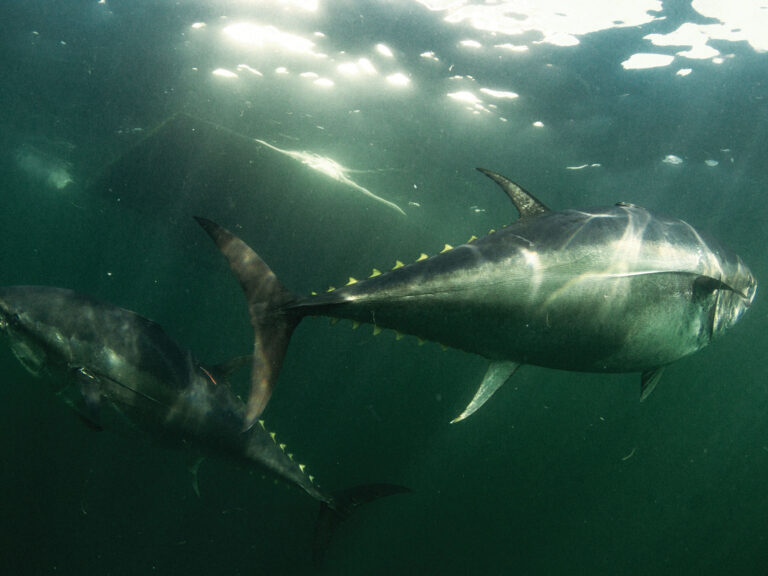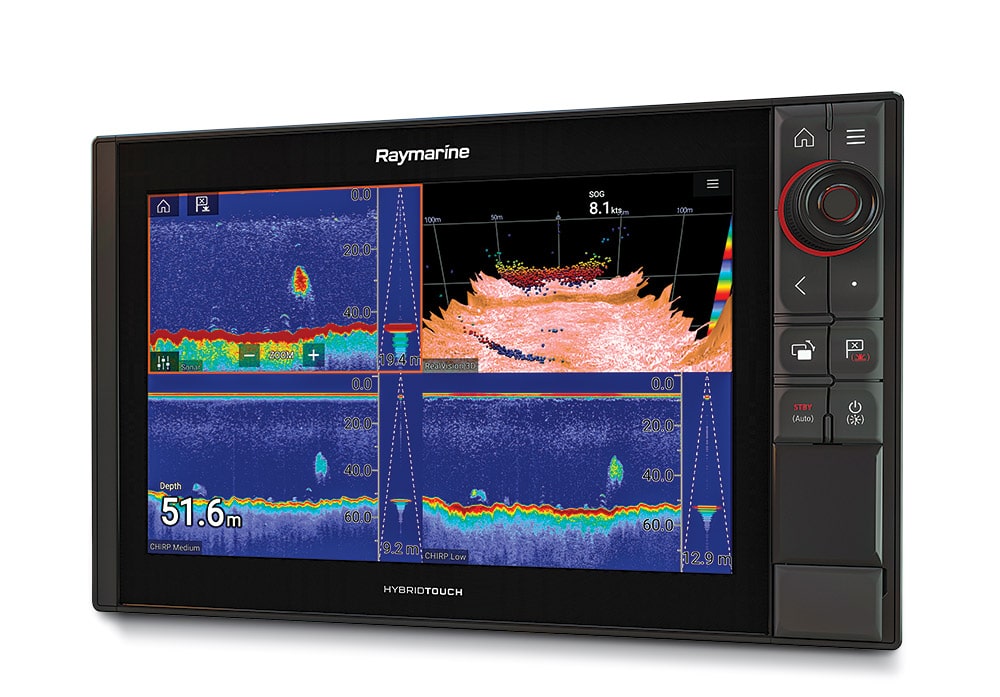
Thanks to advancements in transducers and their digital-processing capabilities, chirp technology vastly improves your ability to mark fish and read bottom features.
Yet this technology has also complicated the selection process, especially when it comes to choosing the best frequency band for your particular style of fishing.
There’s a wide range of choices. Airmar Technology Corp. — the leading supplier of transducers for fish finders — offers 11 different frequency bands contained within more than 60 chirp-ready transducers, including transom-mount, through-hull, keel-mount and in-hull versions. Some of these transducers offer two frequency bands in one model. Include the many proprietary chirp ’ducers offered by the fish-finder brands themselves, and the number of choices can give you a headache.
How do you choose the best bandwidth? Here’s what experts say.
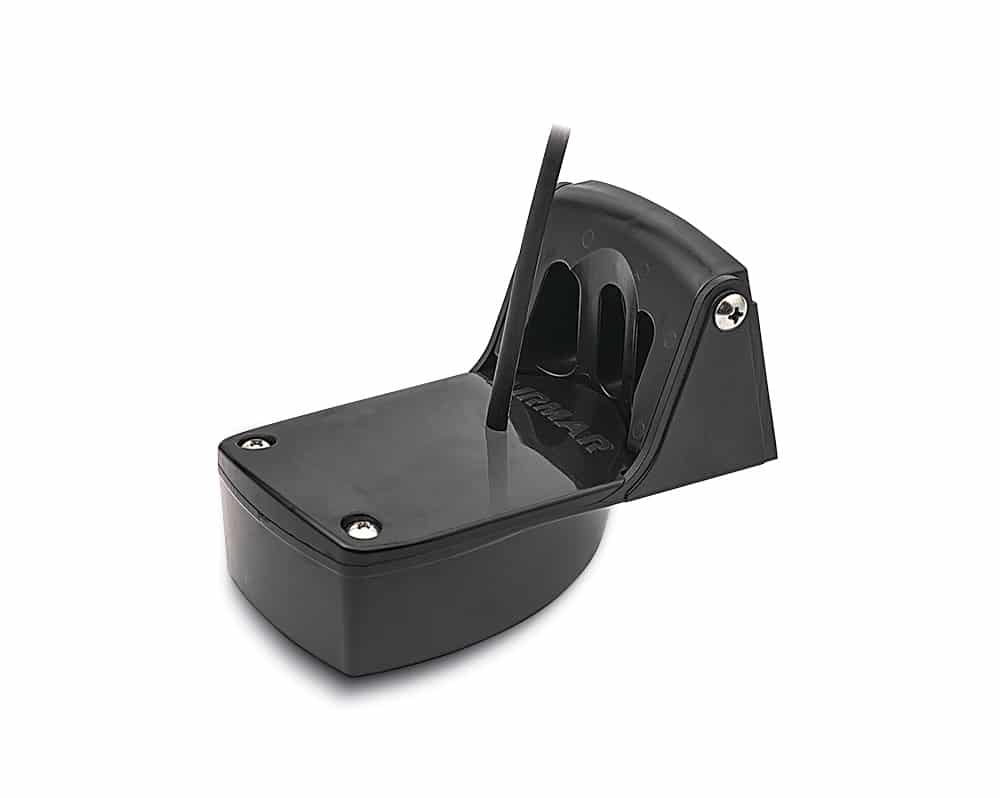
In-Depth Decision
To help simplify the subject, frequency bands can be categorized into three categories: high, medium and low. Measured in kilohertz, a typical low-frequency bandwidth might span 28 to 60 kHz or 38 to 75 kHz. A typical medium frequency band would be something like 95 to 155 kHz or 85 to 135 kHz. On the high side, a band spanning 130 to 210 kHz or 150 to 250 kHz is fairly common.
The best frequency band for you hinges primarily on the depth at which you fish and the desired coverage under your boat, says Craig Cushman, director of marketing for Airmar. In general, high frequencies have narrow beams and provide the best resolution but are limited in depth range. Low frequencies penetrate deeper in the water column and cover a wider area. (The exception to this is Airmar’s popular High Wide option.) “So the first question to ask is, ‘Where will you be fishing?’” Cushman explains.
If you fish primarily for striped bass in 20 to 300 feet, then a high-frequency transducer such as the B175HW that chirps across 150 to 250 kHz is a great choice, says Cushman. With 1,000 watts of power, this transducer excels in the upper ranges yet will also reach depths of 500 feet.
Jim McGowan, marketing manager for Raymarine, echoes that advice, pointing to the high-chirp fish finder built into the new Raymarine Axiom and Axiom Pro multifunction displays and RealVision 3D transducers.
“The high-frequency chirp element embedded in the Axiom RealVision 3D transducers covers 170 to 230 kHz,” McGowan explains. “That’s perfect for anglers who fish most of the time in shallower coastal depths.” Maximum depth for this chirp system is 900 feet, according to Raymarine.
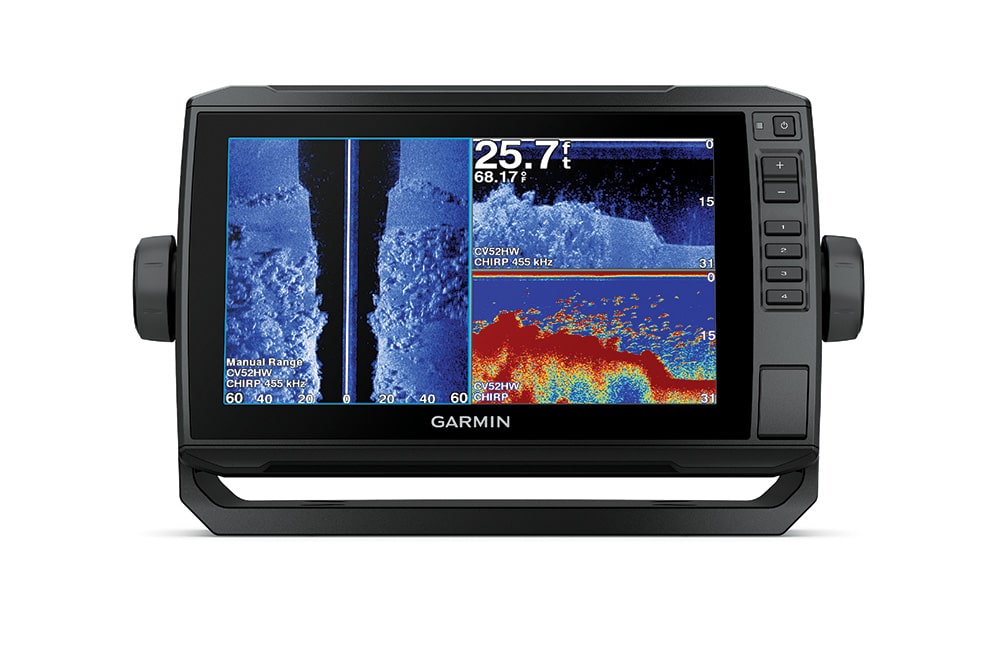
Happy Medium
In the real world, anglers rarely stick to one depth range. They might fish bays, inlets or coastal waters for bluefish, cobia, flounder, stripers and tarpon part of the season, and then fish the deep offshore canyons and ledges for tuna and swordfish another part of the year, Cushman says.
For these anglers, a dual-channel chirp transducer such as the Airmar B265LH offers a solution. The high-frequency element chirps across 130 to 210 kHz, which is ideal for bays, inlets and coastal waters out to 1,000 feet, Cushman points out. “Yet switching to the low-frequency channel, which chirps from 42 to 65 kHz at 1,000 watts, lets you read fish and bottom in water as deep as 3,000 feet.”
For anglers who would rather stick with a single-channel sonar that offers strong shallow- and deepwater performance, try a medium-frequency transducer such as Airmar’s B175M. This 1,000-watt transducer chirps across 85 to 135 kHz, resulting in nicely defined targets in shallow water, as well as penetrating to depths of 1,500 feet.
Read Next: Identify Fish on Sonar
Power Play
Anglers who pursue daytime swordfish or enjoy deep-drops for species such as tilefish might want to see even deeper with a fish finder. With a Raymarine system, you can match an Axiom Pro MFD with a black-box sounder module such as the CP470 and a chirp transducer like the two-channel Airmar R409LWM. The low-frequency channel chirps across 40 to 60 kHz at 2,000 watts, allowing you to read at depths to 4,000 feet, McGowan says.
In yet another example, you can see even deeper with the Raymarine 2,000-watt CP570 black-box sounder (with an Axiom Pro) and Airmar R509LHW transducer. On the low-frequency 28 to 60 kHz chirp channel, it booms down to 10,000 feet for identifying deep structure and reading fish deep in the water column.
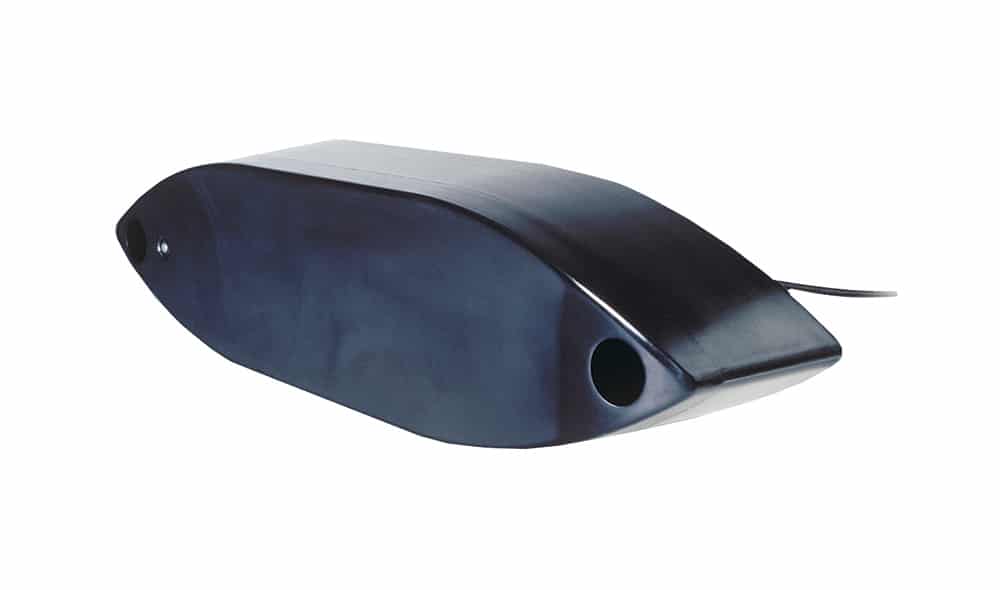
‘Ducer First
Companies like Furuno, Garmin and Simrad offer systems with similar depth capabilities. Yet when shopping for a new chirp fish finder, serious anglers might want to first select the best transducer for their style of fishing, then work backward, Cushman suggests.
With this approach, you ensure the chirp transducer meets your fishing needs in terms of depth, Cushman says. You also make sure it fits your budget and your boat. Dual-frequency through-hull chirp transducers are particularly large.
For example, the B275LHW with a requisite high-speed fairing block measures just over 22 inches. That makes it impractical on boats less than 25 feet. At around $1,600, the B275LHW also represents a substantial investment.
Read Next: Changing to Chirp Sonar
Once you’ve settled on a chirp transducer with the bandwidth that matches the depths you fish, and which is sized appropriately for your boat, select a compatible brand and model MFD and/or sounder module. In addition, if you select a transducer that operates on two discreet chirp channels, you will need to make sure your MFD or sounder also has dual-channel capability.
With a bit of research and some reverse thinking, you can achieve optimum chirp fish-finder performance for just about any depth you want to fish.





